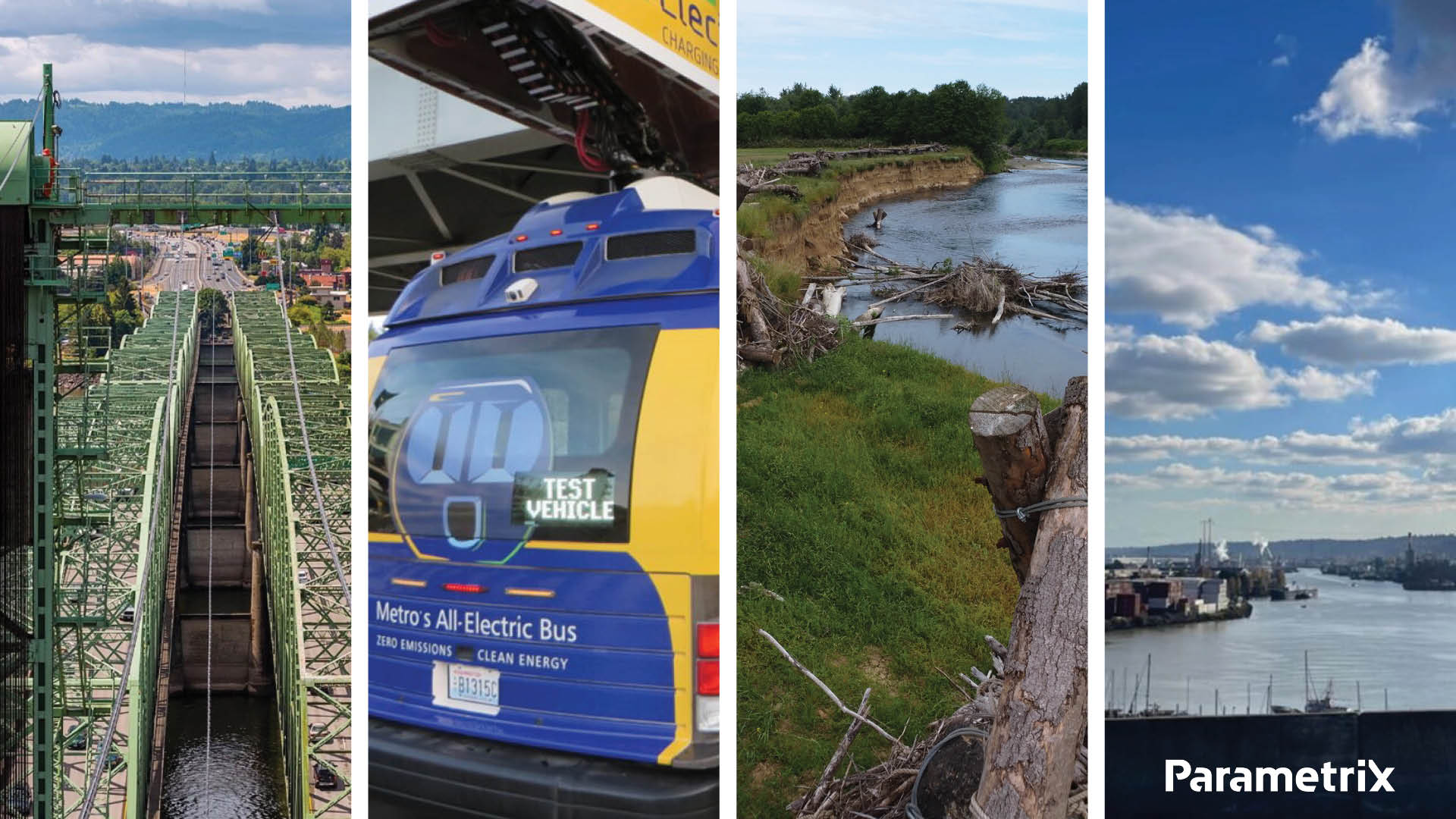Earth Day is April 22, 2024. This is a day to give back in ways we can while reflecting on how we can all come together to protect the future of our planet.
“Let’s Create Tomorrow, Together” is more than our tagline, it’s a commitment to ensuring the work we do today will have positive outcomes tomorrow. We’re proud to work with clients who share our purpose of restoring the health of the planet for future generations. Here are just a few projects that are helping to create a better tomorrow:
100% Zero Emissions Fleet | King County, WA
Client: King County Metro
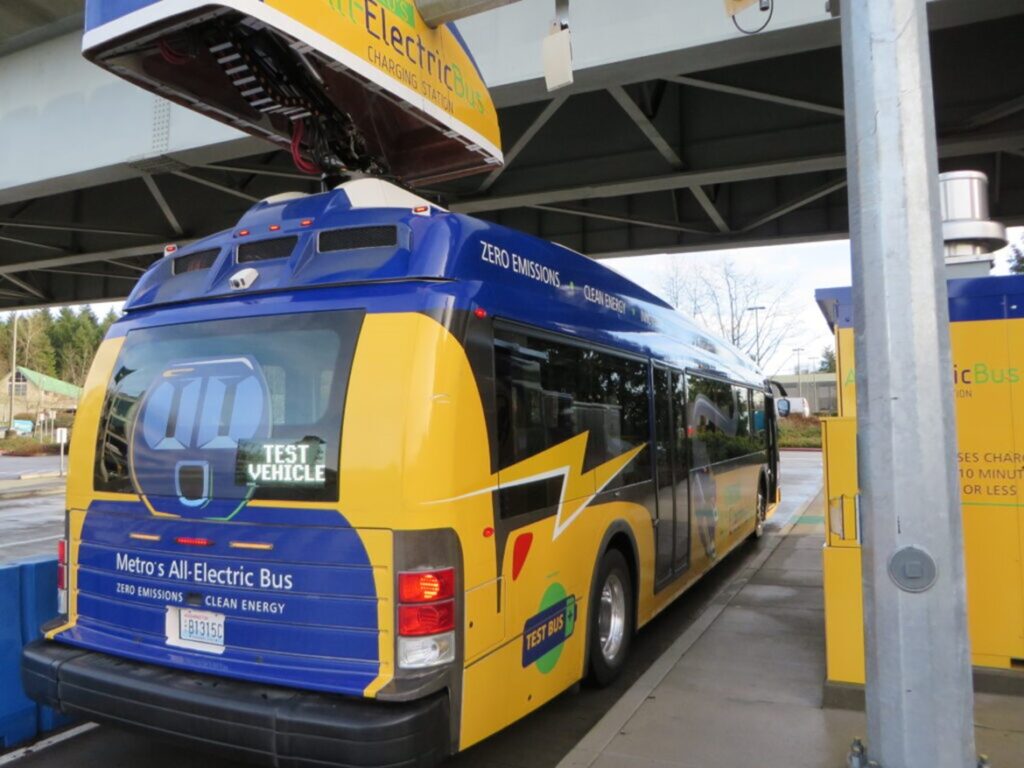
Achieving a zero‐emission mobility future is essential to King County Metro’s core values of safety, equity, and sustainability. King County Metro is progressing toward a 100% zero-emission fleet by 2035. As existing diesel hybrid and older diesel-only buses are retired, Metro is replacing them with battery-electric buses. This program will transition Metro’s bases to accommodate battery-electric buses and install battery-electric bus charging stations at locations throughout Metro’s service area.
Lower Satsop River Bank Protection | Montesano, WA
Client: Chehalis River Basin Flood Authority and Grays Habor Conservation District
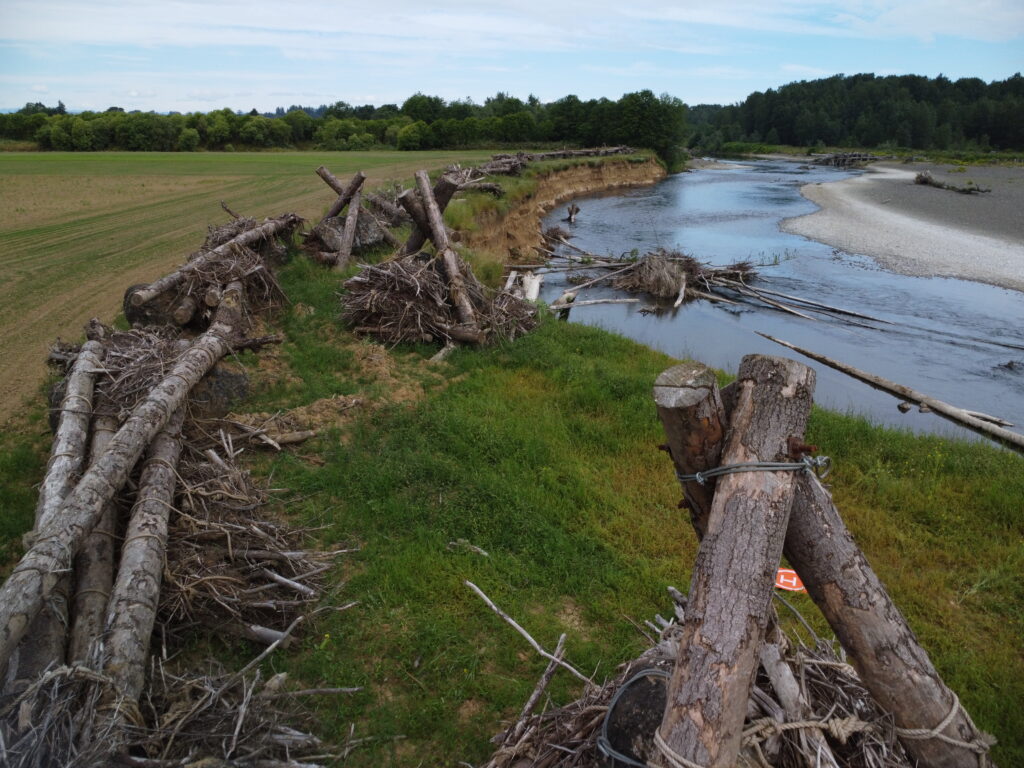
This emergency project was necessary to slow the rapid erosion of the right bank of the Lower Satsop River (ten or more feet per day), which was destroying high-quality farmland and threatening a home, not to mention releasing sediment into the river which is harmful to fish.
The rapid timeline didn’t allow for permitting in-water work, so the team developed an unconventional solution. Crews constructed self-deploying, boulder-ballasted log structures and buried spurs upland of ordinary high water. As the high bank eroded, the structures deployed into the river, diverting flow from the eroding bank, roughening the channel, and recruiting in-stream wood and sediment to help protect the bank from further erosion.
Construction was completed in approximately 4 months, including a month of delays due to weather and flooding. Structures began deploying into the river during construction, and the river continues to engage the project with promising results.
Mouth of Duwamish Combined Sewer Overflow Control Program | Seattle, WA
Client: King County
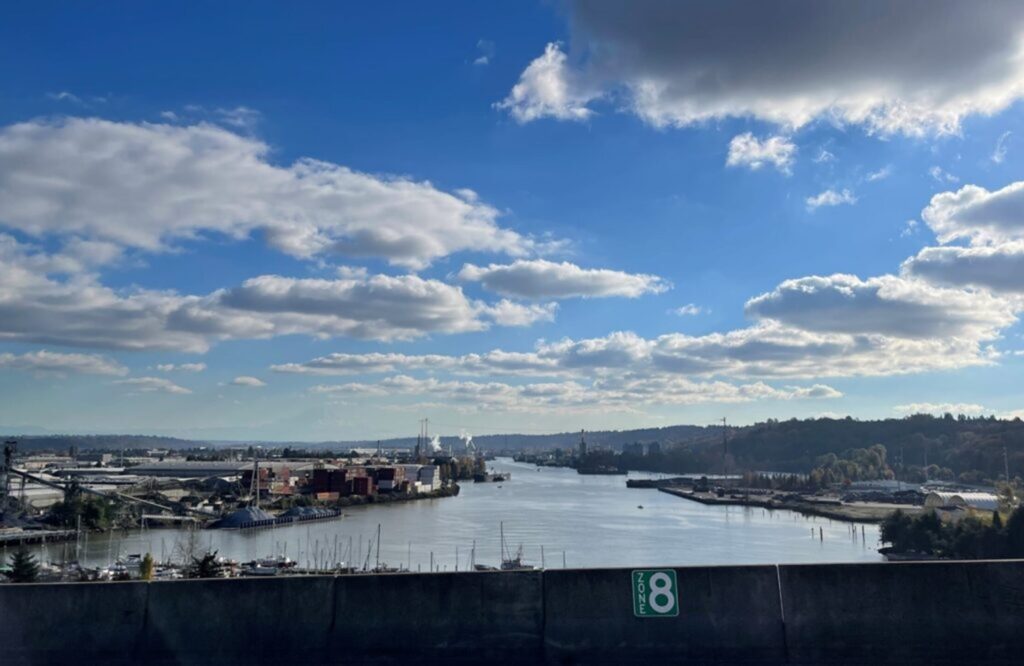
King County is committed to improving water quality and protecting public health and the environment. King County, in collaboration with the Parametrix Program Management / Owner Advisor team, is working to control the remaining combined sewer overflow (CSO) outfalls into the Duwamish River, which are part of the original sewer system built more than 80 years ago. The Mouth of Duwamish Wet Weather Facilities will control overflows during heavy rainstorms from five outfalls where the Duwamish River meets Elliott Bay. During the planning phase of this multi-year effort to design and build the project, the project team will recommend an approach to control CSOs that includes consideration of regulatory, cost, environmental, and community factors.
King County centers community, sustainability, and equity into its work to protect our waters. Investing in green jobs, community benefits, and workforce development are core elements of the work. Protecting our waters is key to building a climate-resilient region that centers on community, sustainability, and equity.
Interstate Bridge Replacement | Portland, OR – Vancouver, WA
Client: Washington and Oregon Departments of Transportation
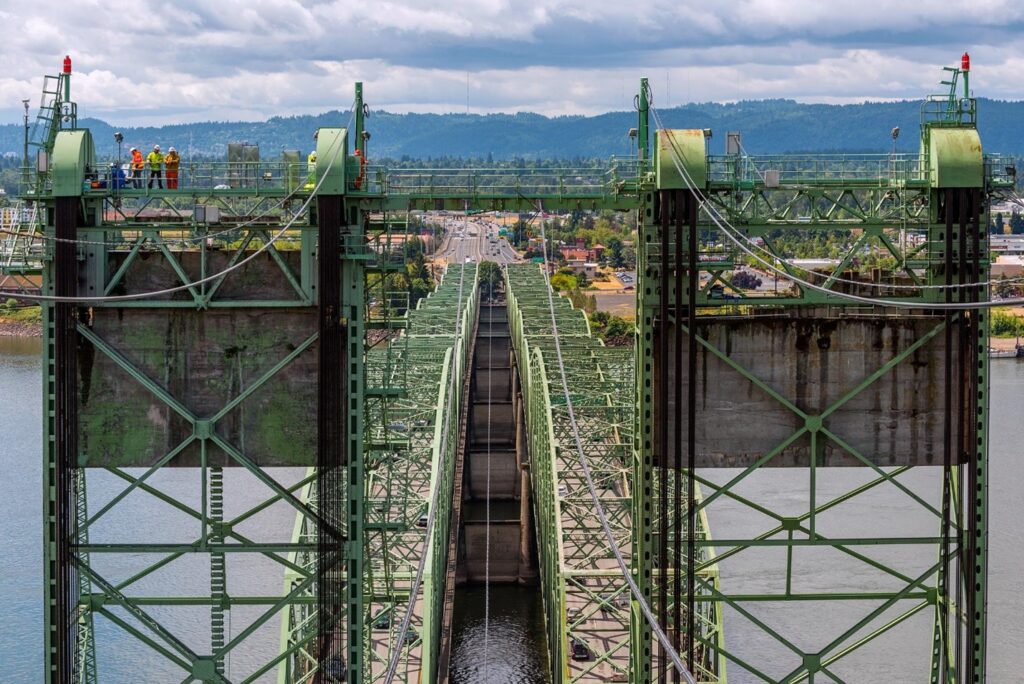
The Interstate Bridge is a critical connection linking Oregon and Washington across the Columbia River as part of a regional, national, and international trade route. With one span now 107 years old, it is at risk for collapse in the event of a major earthquake and no longer satisfies the needs of commerce and travel. Replacing the aging Interstate Bridge with a modern, seismically resilient, multimodal structure that provides improved mobility for people, goods, and services is a high priority.
Not only will the bridge be replaced, but it will be done in a way that considers the impacts of climate change. The Interstate Bridge Replacement Climate Framework has two main objectives: reduce climate impacts and improve climate adaptation and resilience through deliberate actions. The program will play a role in improving the sustainable performance and resiliency of physical infrastructure by helping owners, planners, engineers, communities, and contractors, to implement more cost-effective, resource-efficient, and adaptable long-term infrastructure investments.
The program supports local, regional, and state climate goals—including the reduction of greenhouse gas emissions— by identifying safe, efficient, and accessible multimodal solutions for people traveling across the Interstate Bridge.
